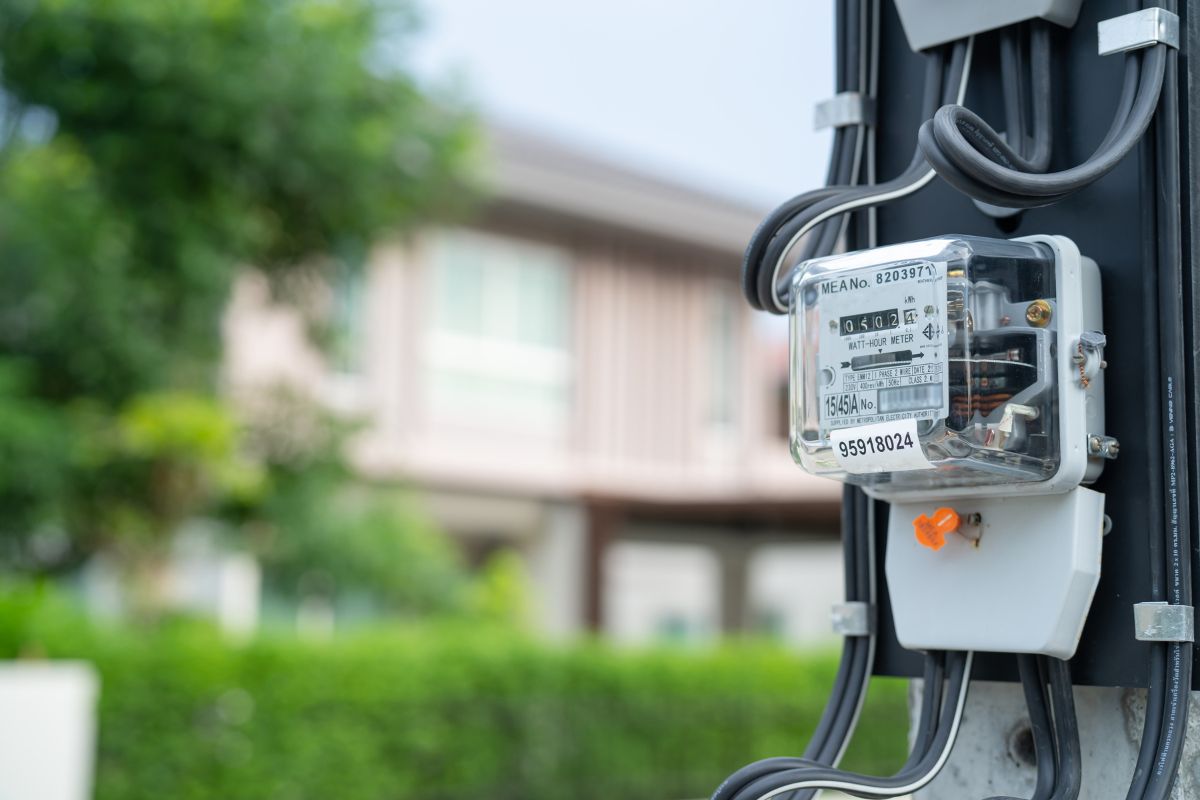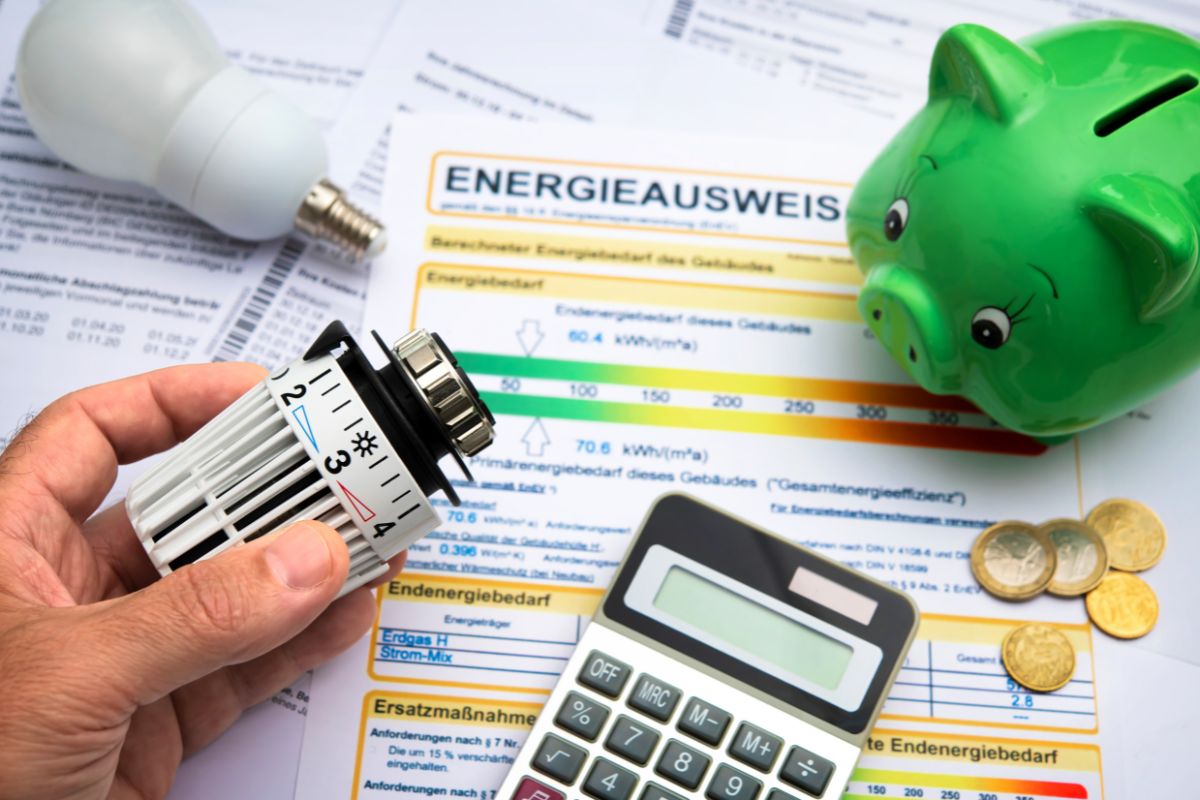What is Electronic Ballast
An electronic ballast is a device that regulates and controls the current flowing through fluorescent lights. It provides the necessary power to start and operate the lamps.
Compared to their magnetic counterparts, electronic ballasts are more advanced and offer several advantages. One of the key benefits is their ability to control the current with greater precision. This is achieved through the use of sophisticated circuitry and components, which allow for a more efficient and reliable operation of the fluorescent lights.
Electronic ballasts are smaller and lighter in size compared to magnetic ballasts. This compact design makes them easier to install and allows for more flexibility in lighting fixture design. Additionally, the smaller size of electronic ballasts contributes to space-saving benefits, especially in applications where space is limited.
Another advantage of electronic ballasts is their higher efficiency. By utilizing advanced technology, electronic ballasts can convert electrical power more efficiently, resulting in reduced energy consumption. This improved efficiency not only helps in reducing electricity costs but also contributes to environmental sustainability by lowering carbon emissions.
Get Inspired by Rayzeek Motion Sensor Portfolios.
Doesn't find what you want? Don't worry. There are always alternate ways to solve your problems. Maybe one of our portfolios can help.
One common issue with fluorescent lighting systems is flickering or buzzing sounds. Electronic ballasts address this problem by supplying power at a much higher frequency. This high-frequency operation eliminates or significantly reduces flickering and buzzing, resulting in a more pleasant and comfortable lighting experience.
Looking For Motion-Activated Energy-Saving Solutions?
Contact us for complete PIR motion sensors, motion-activated energy-saving products, motion sensor switches, and Occupancy/Vacancy commercial solutions.
There are different types of electronic ballasts available in the market. Some older models employ the rapid-start method, which involves preheating the electrodes before starting the lamp. On the other hand, newer and more advanced electronic ballasts utilize instant-start and programmed-start methods.
Instant-start electronic ballasts provide an immediate start-up of the fluorescent lamp without any preheating. This method is suitable for applications where frequent switching on and off of the lights is required, such as in areas with occupancy sensors or motion detectors.
Programmed-start electronic ballasts offer a controlled and gradual start-up of the fluorescent lamp. This method is particularly useful in applications where extended lamp life is desired, such as in areas with frequent on/off cycles or where lamps are required to operate for long periods.









